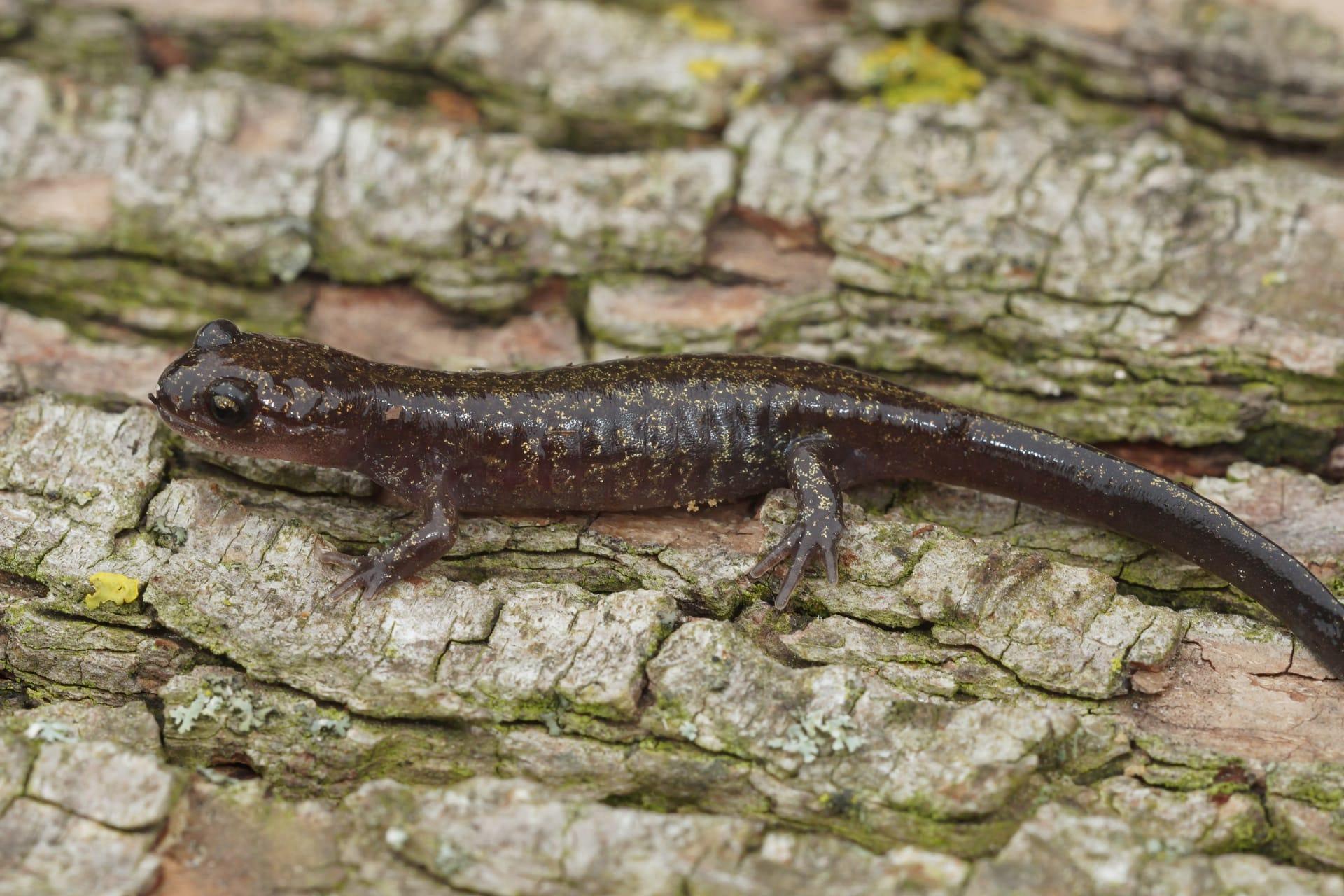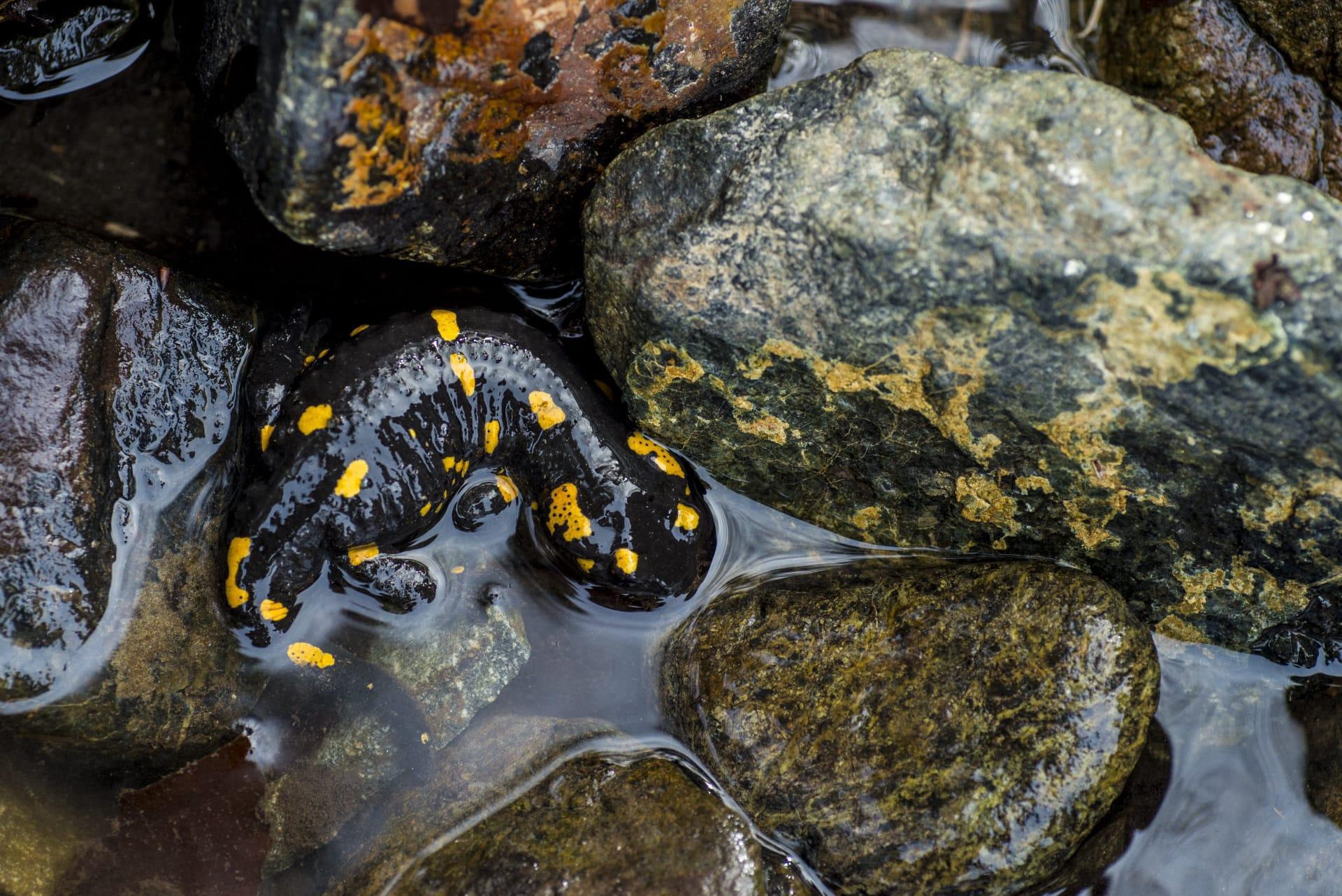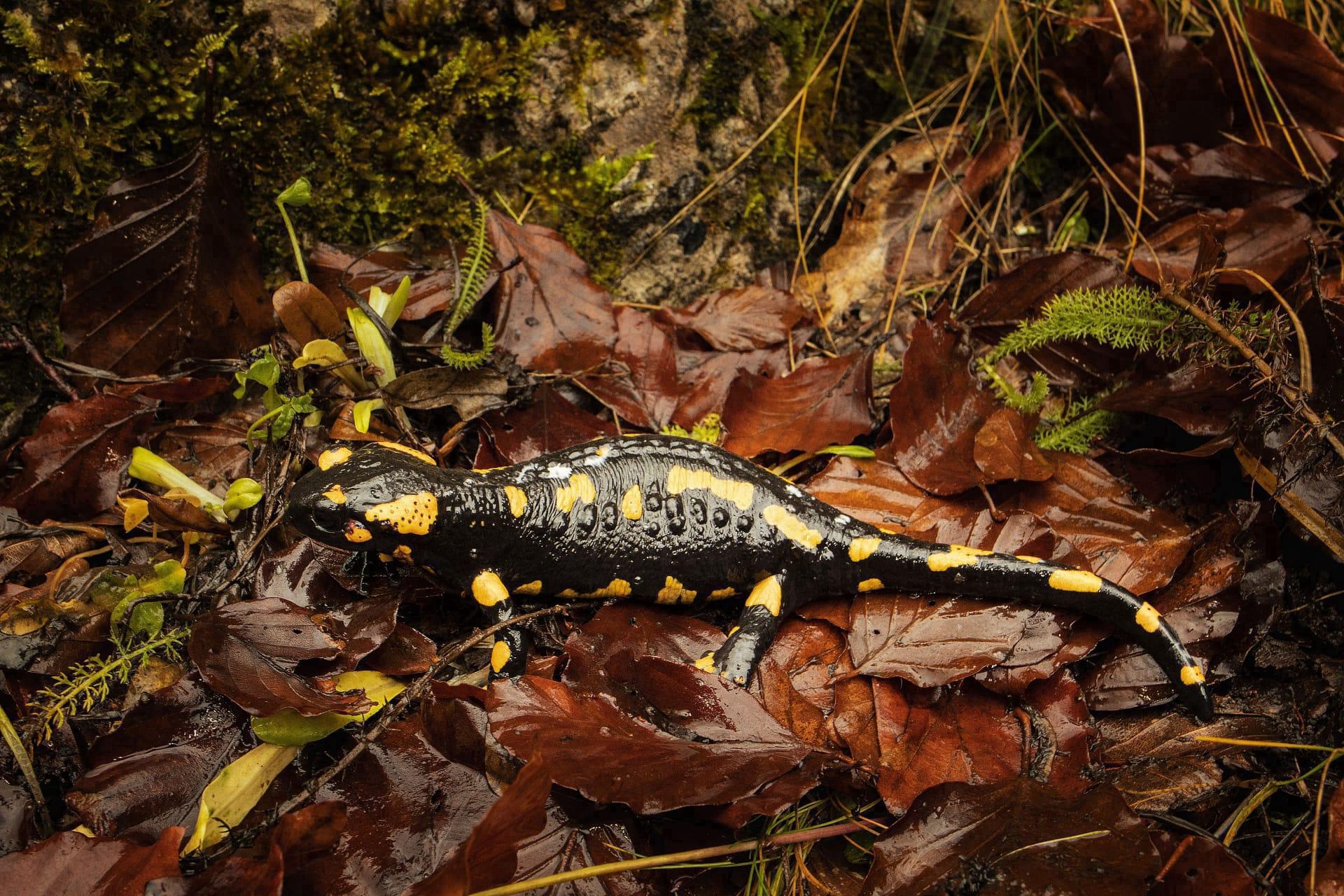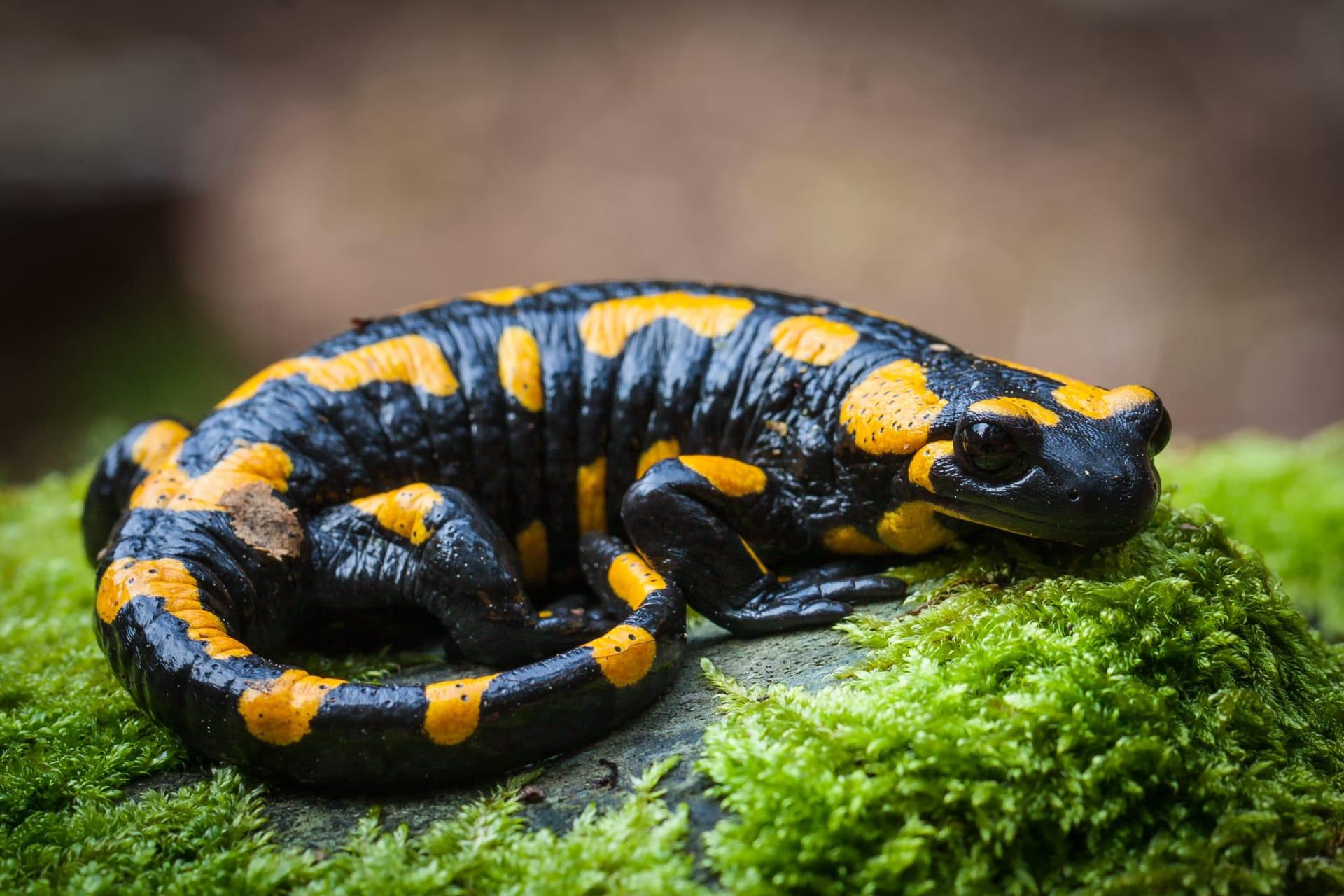1
Did you know that some salamanders are practically immune to aging? It's true! This phenomenon is known as 'negligible senescence.' Take the Japanese giant salamander as an example – these remarkable creatures, which can grow up to 5 feet (1.5 meters) in length, show little to no decline in strength, metabolism, or reproductive capacity as they age. This makes them an incredible subject for studies on aging and longevity.
Another fascinating fact about salamanders is their superpower of regeneration. They can regrow entire limbs, parts of their heart, and even sections of their brain. This ability varies among species, but it’s most prominent in the axolotl, a type of salamander native to Mexico. When an axolotl loses a limb, it can regenerate the entire structure – bones, muscles, nerves, and all – within a few weeks. This extraordinary capability is a hot topic in regenerative medicine research, aiming to unlock similar potentials in humans.

2
Salamanders have a unique way of moving called 'concertina locomotion,' especially visible in species like the North American Hellbender. This movement involves alternating between stretching and coiling their bodies, allowing them to navigate through tight spaces and complex terrains in both aquatic and terrestrial environments. Their flexibility and muscular control in this movement are unmatched in the amphibian world, making them highly efficient predators and explorers.
Speaking of predators, salamanders have a secret weapon in their skin: poison. While not all salamanders are poisonous, many species secrete toxins as a defense mechanism. The rough-skinned newt, for example, produces a toxin so potent that a single newt can kill several adult humans if ingested. This toxicity varies widely among species, and it’s a fascinating area of study for scientists interested in natural chemical defenses and their potential applications.

3
Ever heard of a salamander that 'breathes' through its skin? Many salamanders, like the Eastern Red-backed Salamander, don’t have lungs or gills as adults. Instead, they rely on their skin and the lining of their mouth to absorb oxygen directly from the environment. This method of respiration requires moist habitats, which is why salamanders are often found in damp, shaded areas. It's a delicate balance – their skin must stay moist to be permeable to oxygen, but too much water can be as harmful as too little.
Another intriguing aspect of salamanders is their communication. They might not be vocal like birds or mammals, but salamanders have their own ways of 'talking' to each other. Many species use pheromones, chemical signals, to communicate. These pheromones can convey different messages, like signaling a readiness to mate or marking a territory. Some species also communicate through body postures and movements, which can indicate aggression or courtship. Understanding these subtle interactions is key to studying their social behaviors.

4
Salamanders play a crucial role in the ecosystems they inhabit. They are both predators and prey, making them important for controlling insect populations and serving as a food source for larger animals. In forest ecosystems, for example, salamanders are so abundant that they're among the most significant predators of forest-floor invertebrates. Their presence and health can be indicators of environmental quality, making them valuable in ecological monitoring.
Did you know that some salamanders have evolved to survive freezing temperatures? Species like the Wood Frog and the North American Woodland Salamander can tolerate their bodies partially freezing during winter. Their bodies produce a kind of natural antifreeze that prevents ice from forming inside their vital organs. This adaptation allows them to survive in climates that would be lethal to most other amphibians, showcasing the incredible resilience and adaptability of these creatures.

5
Salamanders have a diverse range of reproductive strategies. Some, like the European Fire Salamander, give birth to live young, while others lay eggs. In some species, the males perform elaborate courtship dances to attract females. The male Newt, for instance, waves his tail and performs an aquatic dance to woo the female. These mating rituals vary widely among species and are a delightful display of the complexity of salamander behavior.
Finally, let's talk about their diet. Salamanders are mostly carnivorous, feeding on a diet of insects, worms, snails, and even other small amphibians. Their hunting style is quite unique – they use a rapid tongue extension to catch prey. The tongue of some species can shoot out in just a few milliseconds, with acceleration up to 50 times that of gravity. This makes their hunting method incredibly efficient and fascinating to observe, highlighting the remarkable adaptation of these creatures to their environment.